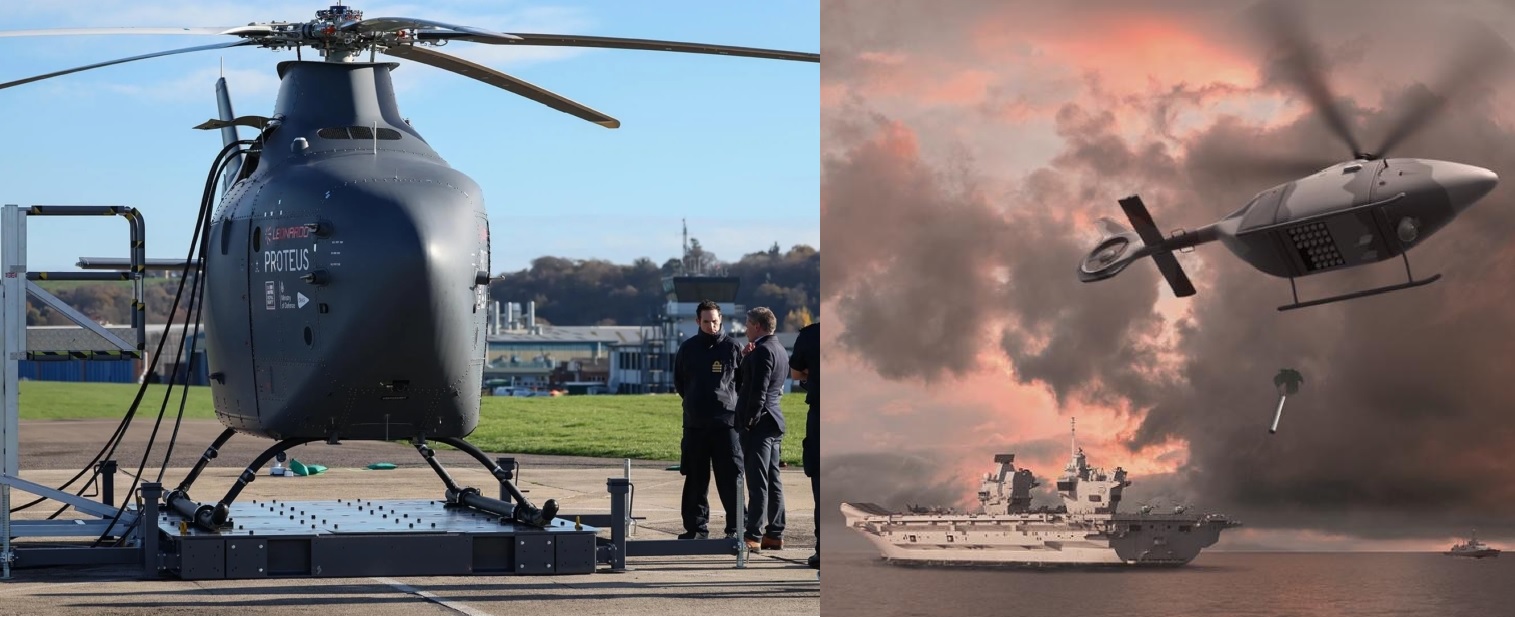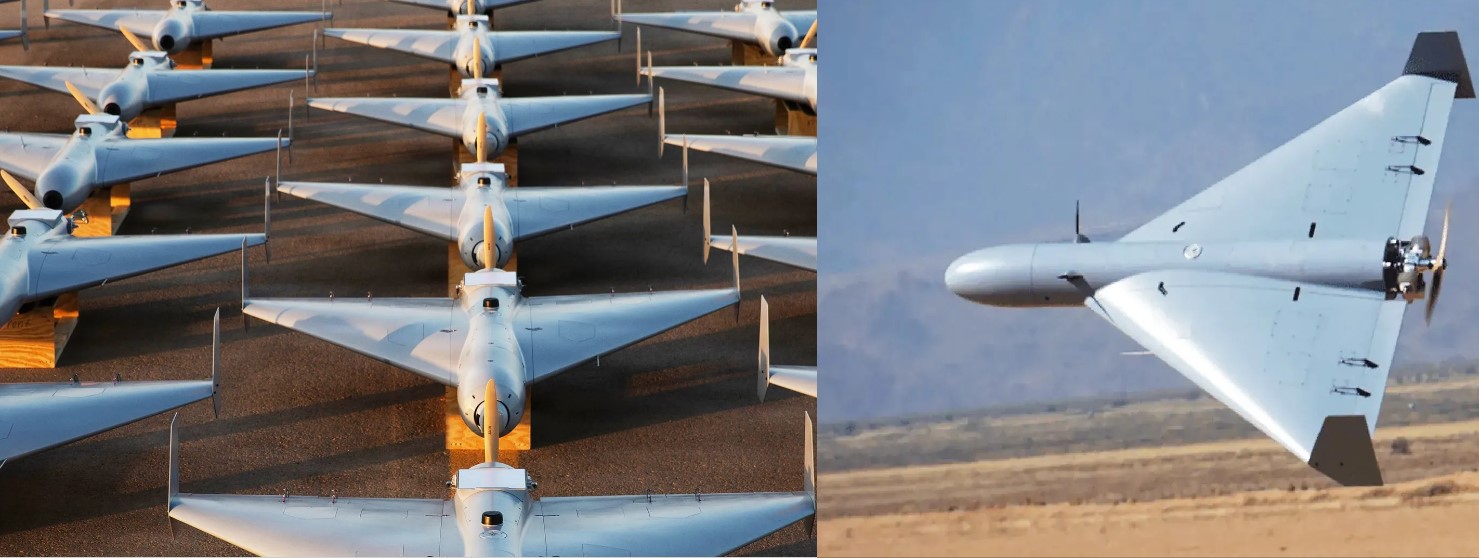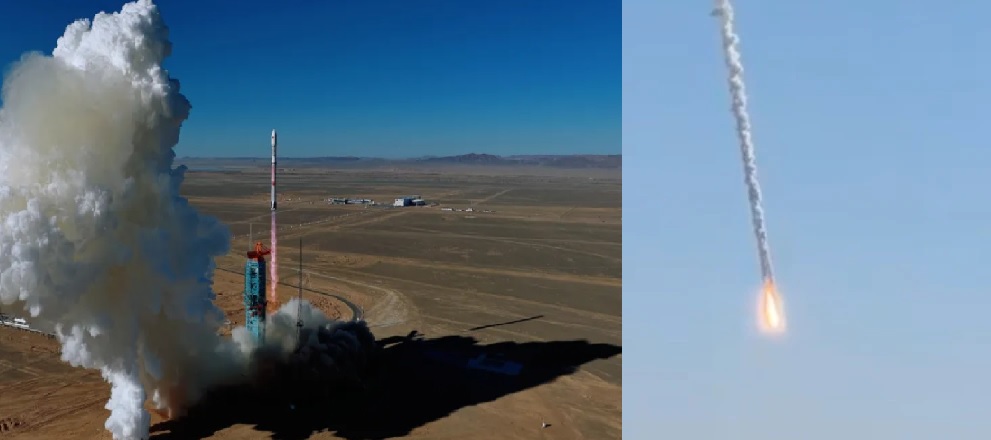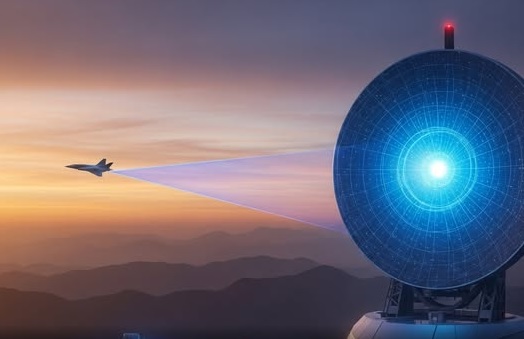Skyroot Aerospace Successfully Test KALAM 1200 Motor For Vikram – 1 Launch Vehicle

On the morning of 8 August 2025, a milestone for India’s nascent private space industry played out at the Satish Dhawan Space Centre (SDSC), Sriharikota. At 09:05 IST, the first static test of the KALAM 1200 solid rocket motor — the 11-metre, 1.7-metre-diameter, monolithic composite first stage of Skyroot Aerospace’s Vikram-1 launch vehicle — was carried out successfully on ISRO’s Static Test Complex. ISRO reported that the testbed and associated systems performed normally and the motor behaved as predicted, marking “a major milestone” in the Vikram-1 development programme.
Built by Hyderabad-based Skyroot Aerospace and named in honour of former President and aerospace scientist Dr. A.P.J. Abdul Kalam, the KALAM 1200 carries around 30 tonnes of solid propellant and is the largest solid rocket stage produced by India’s private sector to date. Independent reporting places its peak vacuum thrust in the order of about 1,200 kN — a scale that underscores the step-change this motor represents compared with earlier small-launcher stages. The motor’s size and composite, monolithic construction are significant technical achievements for an Indian startup.
Beyond the hardware, the test also exemplifies a new operating model for India’s space ecosystem. The Government of India’s Space Policy, 2023, explicitly encourages the use of ISRO’s technical infrastructure and managerial guidance to accelerate private players’ maturation. Skyroot’s static test at SDSC is a concrete instance of that policy in action: ISRO provided the test infrastructure and engineers, while Skyroot supplied the motor, flight avionics and the programme management to execute the trial. ISRO’s public note and Skyroot’s social posts framed the event as a collaborative success that helps expand India’s launch capabilities.
Technically, static motor tests are among the most revealing ground checks a launcher stage can undergo. They validate the grain design and propellant behaviour, thermal and structural responses, nozzle performance and the instrumentation chain that will be relied on during flight. ISRO’s statement that “performance of the test bed and the associated systems is normal as predicted” indicates both the motor and the ground-support systems collected the expected telemetry and behaved within design margins — the primary objective of a static firing. For Skyroot, the data from this firing will feed directly into final vehicle integration and flight-readiness reviews for Vikram-1.
What this means going forward: Skyroot has been clear about its ambition to carry out a maiden orbital test flight of Vikram-1 later in 2025, and the KALAM 1200 static test closes one of the largest remaining technical risk areas for the vehicle. If subsequent integration milestones and upper-stage checks proceed without surprise, the company could be positioned to offer dedicated small-satellite launches from Indian soil — a capability that has growing demand from both commercial and institutional customers. Observers also note that this test is a signal to international markets: it demonstrates India can support a private-sector supply chain for substantial launch hardware.
There remain routine but important steps ahead. Skyroot will analyse the rich telemetry from the static firing, complete final vehicle integration tests, and continue coordination with SDSC/ISRO on range-safety, payload acceptance and mission licensing. The broader industrial effect — more facilities, more testing capacity and a maturing supplier base — will depend on repeated, reliable outcomes like this one. For now, the KALAM 1200 test is a clear, public demonstration that India’s industrial and policy push to bring private players into core launch activities is delivering tangible results.
Skyroot and ISRO both shared the news on their official channels within hours of the test, and national outlets quickly picked up the story. For engineers and entrepreneurs watching India’s space sector evolve, the KALAM 1200 static firing is not just a single test — it’s proof that a privately engineered, large composite motor can be developed, transported, and validated using indigenous facilities, and that the collaborative model outlined in Space Policy 2023 can work in practice.
✍️ This article is written by the team of The Defense News.






